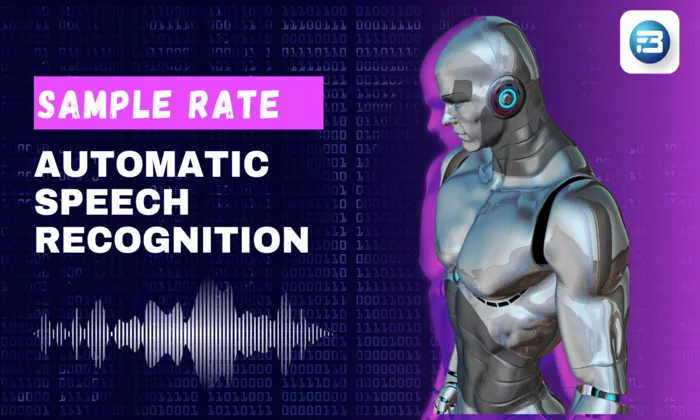How can organizations quickly evaluate the in-car speech dataset fit before purchase?
In-Car Speech
Data Evaluation
Dataset Fit
To fully harness the power of AI in automotive applications, selecting the right in-car speech dataset is essential. These speech datasets train models to handle the unique acoustic challenges and varied speech patterns inside vehicles. This guide provides strategic insights on how to evaluate these datasets to ensure successful AI integration.
Understanding the Importance of In-Car Speech Datasets
An in-car speech dataset includes recordings taken under various driving conditions, capturing both spontaneous and prompted speech from drivers and passengers. These datasets are crucial for training AI systems that improve voice recognition, command understanding, and conversational abilities in vehicles.
Why Dataset Fit Matters
The performance of AI systems in automotive environments depends heavily on the quality and relevance of the datasets. Vehicle interiors present unique acoustic challenges—engine sounds, road noise, and in-car conversations all impact speech clarity. Choosing datasets that replicate these conditions is vital. A poor fit can lead to higher error rates and reduced user satisfaction.
Key Evaluation Criteria
Real-World Challenges and Acoustic Diversity
- Real-World Recording: Ensure that datasets capture diverse scenarios, such as different vehicle types and various driving conditions (urban, highway, rural). Consider factors like open or closed windows and the use of air conditioning.
- Noise Variability: Choose datasets with a broad range of noise levels, such as engine noise, road noise, and passenger conversations. This variety enhances model robustness against real-world disturbances.
- Accents and Conditions: Evaluate how well the dataset handles different accents and driving conditions, such as seasonal changes that can impact speech clarity (e.g., winter vs. summer).
Speaker Demographics and Roles
- Diverse Representation: The dataset should reflect a broad demographic spectrum, including various ages, genders, languages, and dialects. This diversity is essential for applications targeting family use.
- Multiple Roles: Ensure that the dataset includes speech from both drivers and passengers, broadening its applicability for hands-free navigation and voice commands.
Annotation Quality and Metadata
- Detailed Metadata: Evaluate metadata for richness, including speaker role, age, gender, microphone placement, and environmental noise state. This data is crucial for targeted training and analysis.
- Comprehensive Annotations: Ensure the dataset contains intent tags, noise labels, and accurate transcriptions. These annotations are key to improving contextual understanding and intent recognition.
Integration with AI Pipelines
- Compatibility: Ensure that the dataset is easily integrated with popular AI frameworks like TensorFlow or PyTorch. Seamless integration can greatly streamline development and deployment processes.
Best Practices and Real-World Use Cases
Benchmarking and Performance Assessment
- Evaluation Metrics: Use metrics like Word Error Rate (WER) and intent detection accuracy to assess dataset effectiveness.
- Pilot Testing: Conduct pilot tests with dataset samples to assess alignment with project requirements and identify potential gaps.
Customization Options
- Tailored Datasets: Consider customizing datasets based on specific project needs, such as car models or linguistic preferences. Customization ensures better alignment with project objectives.
Real-World Impacts & Use Cases
- A luxury EV brand successfully trained its multilingual voice assistant using a diverse in-car speech dataset, improving user experience across multiple languages.
- An autonomous taxi service enhanced passenger interaction and safety by deploying emotion recognition models fine-tuned with in-car speech data from high-traffic conditions.
Making Informed Decisions
Evaluating in-car speech datasets with a focus on real-world challenges, demographic diversity, and annotation quality is essential for the success of automotive AI projects. By prioritizing these factors, organizations can enhance model performance and elevate user satisfaction.
For organizations looking to leverage high-quality in-car speech datasets, FutureBeeAI offers customizable solutions tailored to your needs. With our commitment to real-world data collection and rigorous quality standards, we are your trusted partner in AI data innovation.
What Else Do People Ask?
Related AI Articles
Browse Matching Datasets
Acquiring high-quality AI datasets has never been easier!!!
Get in touch with our AI data expert now!








